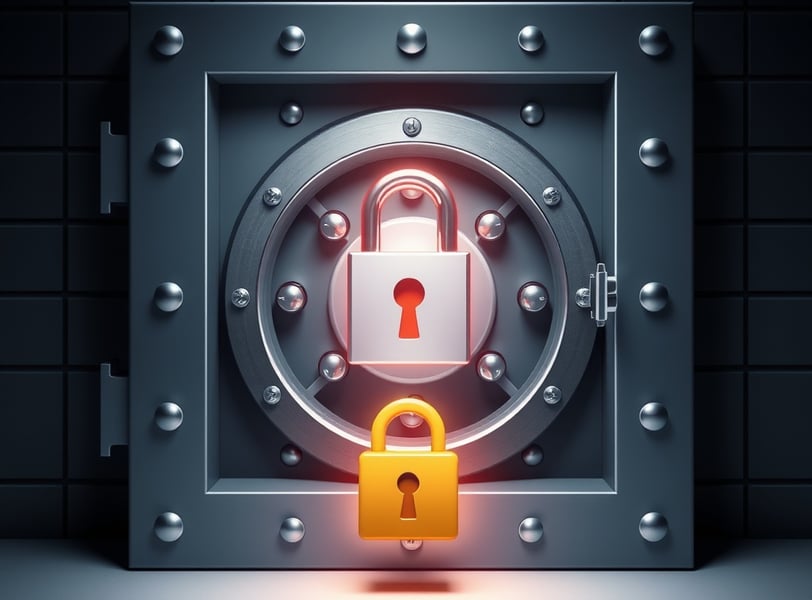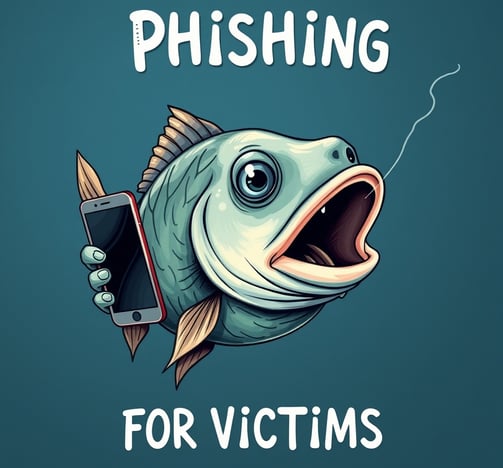Cybersecurity Wars: Battling the Hidden Threats in a Connected World
Learn about the latest cybersecurity trends, threats, and how individuals and organizations can safeguard their digital lives


In a world where the internet connects billions of devices, cybersecurity has become a battleground. The threats we face are more complex than ever, and the stakes couldn’t be higher. Whether you’re a tech-savvy millennial or someone who still types with one finger, understanding cybersecurity isn’t optional anymore — it’s survival.
The Rise of the Cybersecurity Battlefield
As the internet grew, so did its vulnerabilities. In 2025, almost everything we own connects to the internet — from smartphones and smartwatches to our refrigerators and even baby monitors. While this is incredibly convenient (who doesn’t want to check their fridge inventory from the couch?), it also creates countless opportunities for cybercriminals.
In fact, cybersecurity experts often joke: "The only truly secure computer is one that’s turned off, encased in cement, and buried 100 feet underground. Even then, I’m not so sure." It’s funny because it’s painfully true.
Latest Trends in Cybersecurity
1. Artificial Intelligence in Cybersecurity
AI is both a hero and a villain in cybersecurity wars. Organizations use AI to detect and respond to threats faster than any human could. For example, machine learning algorithms analyze patterns to identify potential breaches.
However, cybercriminals also exploit AI to create smarter attacks. Deepfake scams, where AI-generated videos trick people into thinking someone said or did something, are becoming more common.
2. Ransomware on the Rise
Ransomware attacks are the modern equivalent of digital kidnapping. Cybercriminals encrypt your data and demand payment to release it. In 2023 alone, ransomware attacks caused billions in losses worldwide. The scariest part? They’re not just targeting businesses anymore. Schools, hospitals, and even small businesses are fair game.
One victim said, “It’s like someone locked up my entire life and asked for a ransom. Except instead of a movie villain, it’s some faceless hacker thousands of miles away.”
3. Phishing Scams – Smarter Than Ever
Gone are the days when phishing emails started with, "Dear Sir, I am a Nigerian prince." Modern phishing scams look scarily legitimate. They mimic emails from trusted institutions like banks or government agencies.
Pro Tip: Always verify before clicking a link. When in doubt, don’t click it out!
Threats You Need to Know
Understanding the threats is the first step to protecting yourself:
Zero-Day Exploits: Hackers exploit software vulnerabilities before developers can fix them. It’s like finding an open window in a fortress no one knew existed.
IoT Vulnerabilities: Smart devices are convenient but poorly secured. Imagine someone hacking your smart thermostat to make your house unbearably cold.
Social Engineering Attacks: Hackers don’t always rely on technical skills. Sometimes, they just trick people into handing over sensitive information. "Hi, I’m calling from IT. Can you share your password real quick?"
How to Safeguard Your Digital Life
For Individuals:
Use Strong Passwords Stop using password123! A strong password should be a mix of uppercase, lowercase, numbers, and symbols. Better yet, use a password manager.
Enable Two-Factor Authentication (2FA) Think of it as double-locking your door. Even if hackers get your password, 2FA stops them.
Keep Software Updated Updates aren’t just about new features. They often patch security holes. Delaying updates is like leaving your door wide open.
For Organizations:
Invest in Employee Training Most breaches start with human error. Teaching employees about phishing and other threats can save millions.
Backup Data Regularly If ransomware strikes, backups ensure you don’t lose everything.
Hire Ethical Hackers Organizations pay these pros to find vulnerabilities before real hackers do. It’s like hiring someone to break into your house to test your locks.
Powerful Quotes to Remember
“The best way to predict the future is to create it.” – Peter Drucker
“Cybersecurity is much more than a matter of IT.” – Stephane Nappo
"An ounce of prevention is worth a pound of cure." – Benjamin Franklin (timeless wisdom for the digital age)
Conclusion: The Urgency to Act
The internet is a double-edged sword. While it offers unprecedented convenience, it also exposes us to hidden threats. Whether you’re an individual safeguarding personal data or an organization protecting valuable assets, the key is to stay informed and proactive.
Remember, cybersecurity isn’t a one-time effort. It’s a continuous process of learning, adapting, and defending. As the legendary cybersecurity expert Bruce Schneier once said, “Security is a process, not a product.”
So, gear up, stay vigilant, and let’s win this cybersecurity war together!






